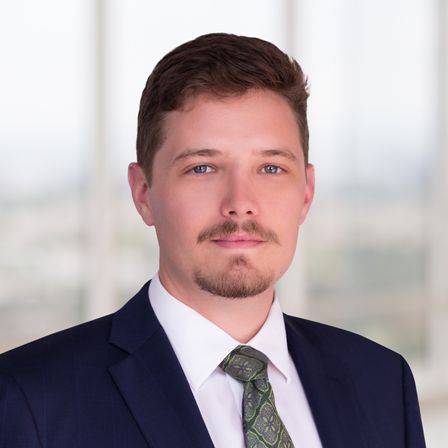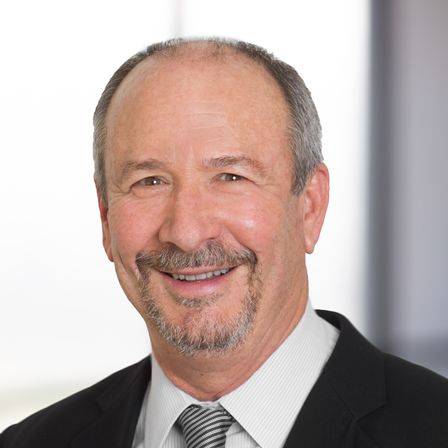Keeping on Top of the Changes: Updated CDPH Guidance Overrides Cal/OSHA ETS Return to Work Requirements
On December 30, 2021, the California Department of Public Health (“CDPH”) updated its guidance to conform with the Centers for Disease Control’s (“CDC”) guidelines regarding isolation and quarantine. Both the CDPH and CDC reduced the length of time a person should quarantine after an exposure to COVID-19 but the CDPH guidance adds some additional requirements related to testing and masking. Here are the highlights:
All individuals who test positive for COVID-19, regardless of vaccination status, natural immunity, or lack of symptoms, should take the following steps:
- Stay home for at least five days.
- Isolation can end after five days if symptoms are not present or are resolving and a diagnostic specimen collected on Day 5 or later tests negative.
- If unable to test or choosing not to test and symptoms are not present or resolving, isolation can end after Day 10.
- Wear a “well-fitting mask” around others for a total of 10 days. The guidance does not state what a “well-fitting mask” is, but simply states that during the days following isolation or exposure when masks are worn, all persons should optimize mask fit and filtration, ideally through use of a surgical mask or respirator.
CDPH Guidance When Exposed To Someone With COVID-19: If an employee has been exposed to someone with COVID-19, then when they can return to work depends on their vaccination status, including whether the employee is booster eligible. A person is booster eligible six months after receiving the Pfizer or Moderna vaccine and two months after receiving the Johnson & Johnson vaccine. These timelines may change in the future so employers should be aware of future CDPH guidance regarding when an employee becomes booster eligible. If the employee is unvaccinated or booster eligible and has not received the booster shot, then they must (1) Stay home for at least five days after exposure, (2) Test on Day 5, (3) If the test comes back negative and they do not have symptoms the employee can then return and wear a “well-fitting mask” when around others for a total of 10 days, or (4) If unable to test or choosing not to test and symptoms are not present, quarantine can end after Day 10. Employees who have only received one dose of a two dose vaccination regimen (Pfizer or Moderna), are considered unvaccinated. If an employee has received the booster dose or is not yet eligible to receive it, then they do not need to quarantine after an exposure if they test on day 5 after the exposure and wear a well-fitting mask around others for 10 days.
What About Contrary Requirements In The Cal/OSHA Emergency Temporary Standards (“ETS”): On December 14, 2021, the Governor issued an Executive Order suspending the applicable return to work requirements in the Cal/OSHA ETS if the CDPH implements shorter quarantine periods. Accordingly, the above CDPH timelines will override the longer 10 day exclusion requirements in Cal/OSHA’s ETS as well as require certain employees to be tested prior to returning after 5 days.
Uncertainties Still Exist: What is still uncertain is how the boosted as opposed to the booster eligible differentiation in the CDPH guidance will affect the Cal/OSHA ETS and how the masking requirements will be enforced. With respect to the first issue, the Governor’s order limits the scope of the CDPH’s ability to override the Cal/OSHA ETS to the return to work timeline requirements, not which employees should be excluded in the first place. Currently the Cal/OSHA ETS does not require fully vaccinated employees to be excluded after a close contact even if they are booster eligible. Given the new CDPH guidance, it is now uncertain whether booster eligible employees must be excluded from the workplace after a close contact, but given the limited scope of the Governor’s order the Cal/OSHA ETS’s exclusion standards will likely apply. These requirements are changing as of January 14 and are discussed in our prior alert. With respect to the masking issue, the Cal/OSHA ETS does not have the same masking requirement as in the CDPH guidance (employees to wear a “well-fitting mask” when returning to work or after a close contact). However, any resulting uncertainty is resolved by the current CDPH mask mandate which has been in place since mid-December requiring all employees to wear a mask regardless of whether they are returning to work after a quarantine period. Even after the mask mandate ends on January 15, the revisions to the Cal/OSHA ETS which take effect on January 14, discussed in our previous alert, require vaccinated employees to wear a face covering and socially distance for 14 days following an exposure, which is longer than the 10 days required by CDPH. Again since the scope of the Governor’s order references only the return to work requirements, until there is further clarification employers should assume that the 14 day masking and social distancing requirement in the Cal/OSHA ETS will continue to apply. There is also an open question regarding who pays for the testing to return to work. The CDPH guidance is silent on the issue and the current ETS requires employers to pay for the cost of testing. Until further guidance is issued, employers should assume that they are on the hook for the costs associated with employees testing prior to returning to work, which includes the time spent getting tested.
Cal/OSHA has indicated that it will issue updated FAQ’s addressing how this CDPH guidance interacts with the Cal/OSHA ETS. We anticipate that the FAQs will clear up the boosted / booster eligible uncertainty as well as how long employees should remain masked after a COVID-19 exposure. The Governor’s Executive Order requires Cal/OSHA to “promptly provide public notice” of any changes to exclusion or return to work periods. While Cal/OSHA has taken its time releasing guidance in the past, with this directive from the Governor they may provide further clarity to employers in the near future. We will continue to keep employers updated on any developments.
Stradling Has Resources To Help You Stay Compliant
To assist California employers in complying with the various COVID-19 requirements in California, Stradling has created COVID-19 protocols which incorporate all the new requirements and clarifications of the ETS and help businesses comply with federal, state, and county requirements. We encourage you to reach out if you want to make sure you are in compliance with the applicable industry guidelines.
Please do not hesitate to reach out to us for assistance in dealing with the effects of the COVID-19 pandemic on your company.
Labor and Employment Practice Group
Jeff Dinkin
805.730.6820
Jared Speier
805.730.6804
Intellectual Property Practice Group
Steven Hanle
949.725.4126
Corporate and Securities Practice Group
Ryan Wilkins
949.725.4115
Public Finance Practice Group
David Casnocha
415.283.2241
Brian Forbath
949.725.4193
Litigation Practice Group
Jason de Bretteville
949.725.4094


